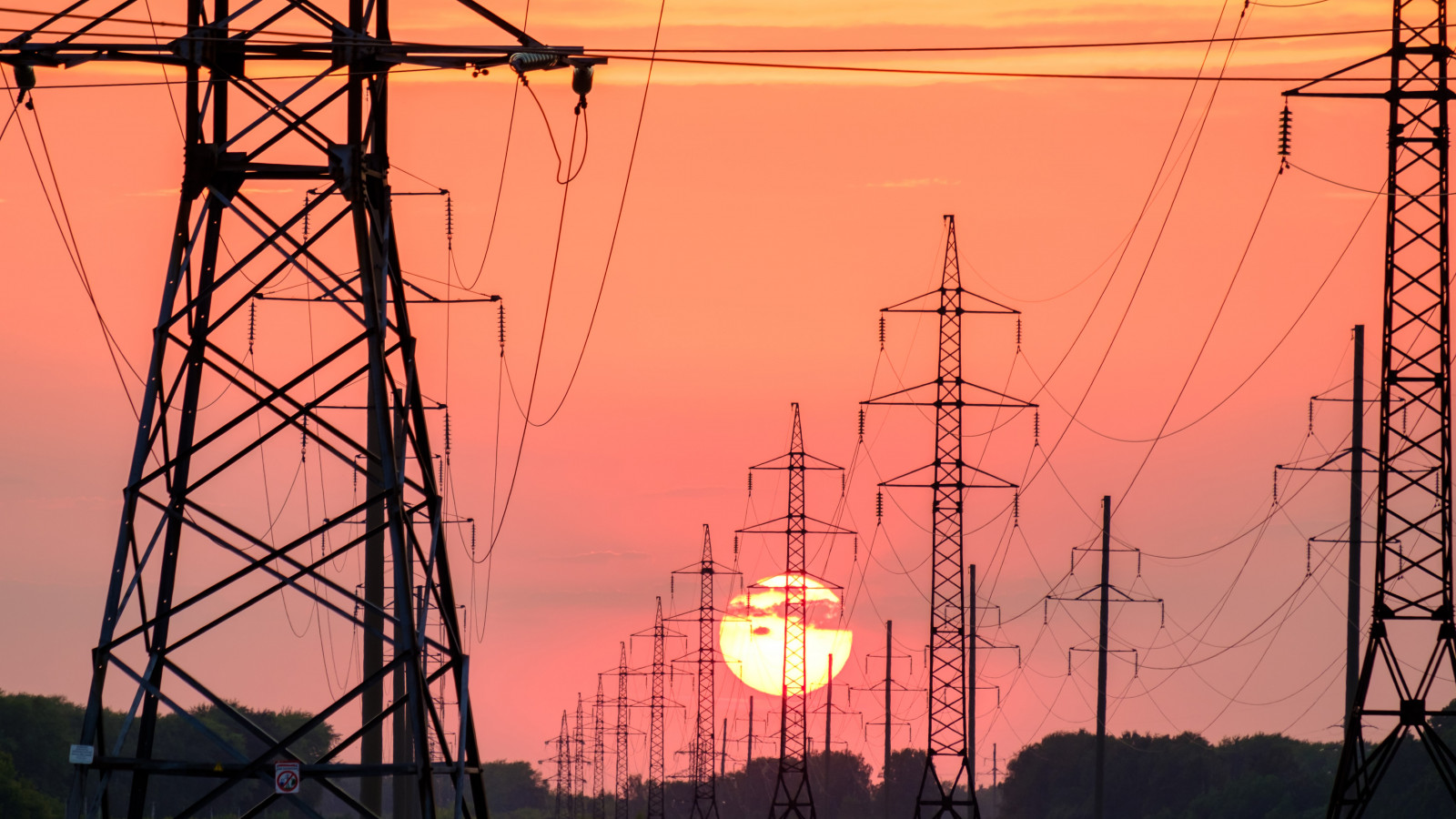The Department of Conservation, Te Papa Atawhai, for many years now have been thinking ahead. When a bridge, hut, or track needed replacing, or is being constructed, they are now located with primary consideration given to the potential for future damage from more frequent and intense rainfall from the effects of Climate Change. Capital Assets such as these last for many decades, and re-location is a complex process, so why take the gamble that climate change is ‘fake news’ when, if it isn’t, needless reconstruction has to start again.
When responsible local authorities look ahead and try to impose planning restrictions on future seaside building infrastructure there are howls of protest and legal challenges from those living there or hoping to either buy or sell property on the beach-front. The usual argument is that sea-rise is only a few millimetres per year so fifty plus years of rise is not a threat. Even so, canny owners are beginning to realise that the problem is not the rise itself but rather the effects of tiny average air temperature gains which disproportionally increase the intensity, height and frequency of sea storm-surges. For those owners or buyers with their heads in the sand the insurance companies will emphasise the point when future policy cost rockets or they refuse to provide further cover.
As has been said many times, this need to evaluate and plan ahead is not only the responsibility of the mythical ‘Them’ it is also up to us at both the personal and collective level. As individuals in the Building Industry we each are responsible for the decisions made around the construction of our environment, be it commercial, industrial or domestic, and including the infrastructure serving these constructions. The decisions made today will be with us and have consequences way into the future, and well beyond the fifty years durability requirements of the Building Code.
As a simple example, recently I was investigating the implications for buildings of the rush to change our transportation to electric energy. A circuit capable of supplying round 30amps is needed for a car charger. If the house also has an induction cooktop this could require a circuit of up to 42amp capacity. Now add a second charger for the other car which needs charging at the same time. This simple decision to be environmentally responsible leads to the need for the electricity supply to the dwelling to be designed to cater for the needs. What happens to an existing house; will the supply line and switchboard need to be up-graded and new circuits run? Slapping the charger into the existing wiring won’t work.
Extending the example of one dwelling in the street upgrading their supply needs. This would be no problem for the street’s electricity supply as it would be part of the normal demand fluctuations, but what are the implications if every tenth house installs a car-charger, then half the street, then 80% of the street? In anticipation, (it has been known for years that electric cars will eventually arrive), the supply network should already be installing higher capacity lines and transformers to that street when replacements have been needed. Now apply the situation to the surrounding suburb; the city; the province; the whole country. The network couldn’t cope when we had a 24 hour cold-snap earlier this month, and that was with virtually no car charging.
On 11 August 2021 National Radio’s Nine to Noon programme had an interview with the owners of the new electric ferry for Wellington harbour. It was said that initially a 350 Kilowatts supply is needed for a one and a half hour charge, but that 1.2 Megawatts will be needed at the wharf for the all-electric service to run. There was a comment that the lights of Wellington might dim. This is just one consumer. Also this week there was an interview regarding a coming electric aircraft service across Cook Strait with a consequential wider future need for airports to plan for substantial charging facilities. Have we already ‘missed the boat’?
Electricity supply is only one aspect of the implications of the changes to come about for the design of our build environment through the need for the country to adapt for climate change. At the other end of the scale there is the mundane importance of changing the design of internal gutters to cater for the increased frequency of thunderstorms, with the resulting hail and rainfall intensity flooding buildings.
The Intergovernmental Panel on Climate Change (IPCC) is the UN body for assessing the science related to climate change. Its Sixth Assessment Report, “Climate Change 2021: The Physical Science Basis” is now out. It just presents the problem, it is up to us to design and apply the solutions.
Through EcoRate Ltd – Architect I provide objective independent passive solar thermal performance analysis and advice on sustainability matters, to architects, designers, builders, manufacturers, and others in the construction industry, included those proposing to build a new home. I am also a Homestar Assessor.
For more information feel free to contact Keith at EcoRate Ltd on 021 890 251, [email protected], or our website www.settlement.co.nz
Photo by Andrey Metelev on Unsplash





























 Most Popular
Most Popular Popular Products
Popular Products



